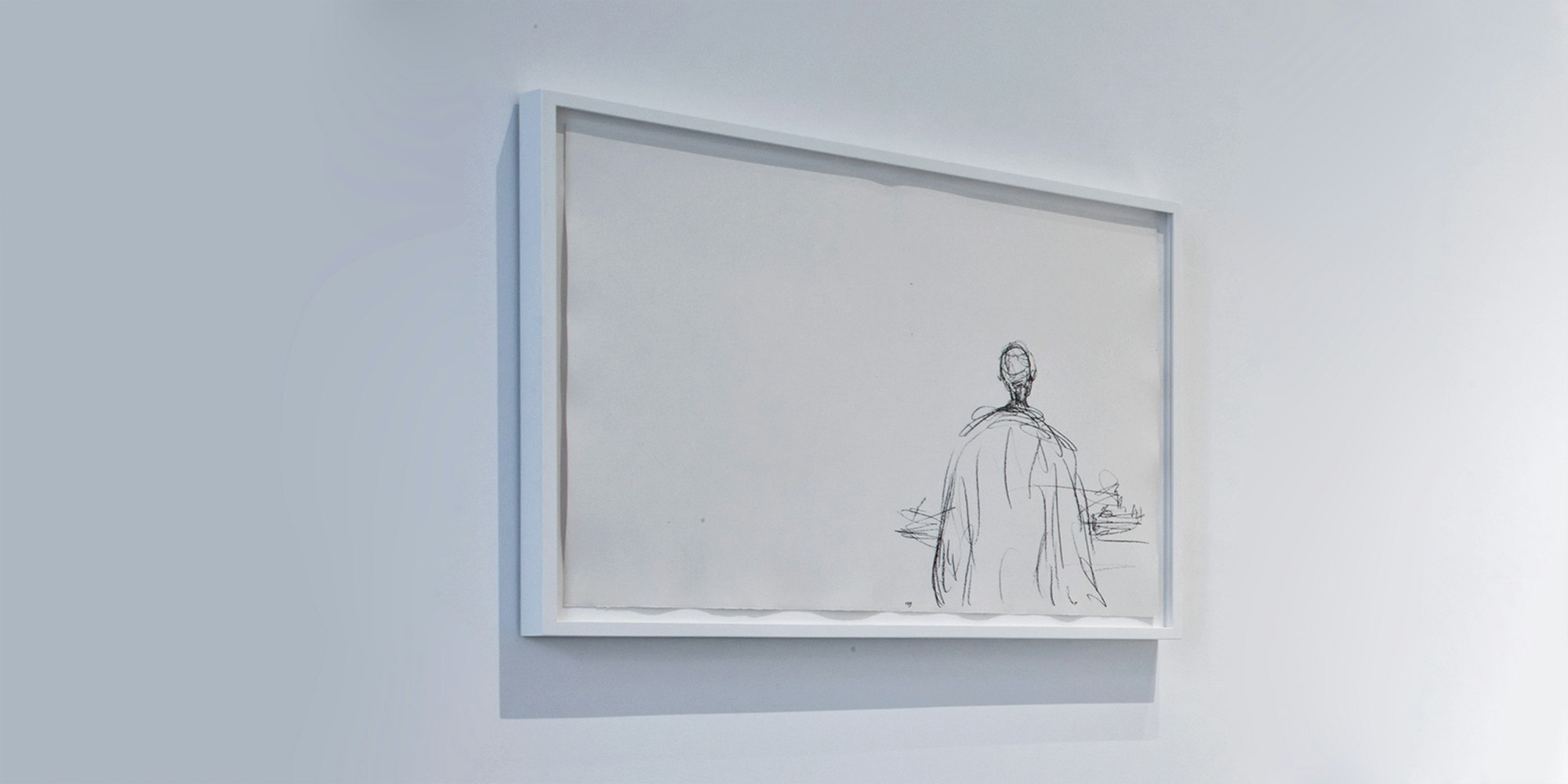Alberto Giacometti
Born in Borgonovo (Switzerland) on October 10, 1901, Alberto Giacometti, at an early age, was introduced to Post-Impressionism and Symbolism by his father, a painter. In 1919, he left school to study at the Fine Arts College of Geneva. He moved to France in 1922 where he studied the nude at the Académie de la Grande Chaumière, sculpture with Antoine Bourdelle and often visited the Louvre.
His work brought him close to the post-Cubism movement (in particular, Le couple [The couple] (1926) and Femme Cuillère [Spoon Woman] (1927)), and then developed within the Surrealist group (the Boule suspendue [Suspended Ball] sculpture (1930), exhibited at Galerie Pierre alongside works by Joan Miró and Jean Arp, marked this turning point). In 1935, breaking away from avant-garde circles, he began to work exclusively on the living model.
During the World War II, in 1941 he returned to Switzerland where he met his future wife, Annette Arm, who became one of his favorite models. In the after-war period, he started to create new tall and spindly figures. In the 1950s, Giacometti’s reputation grew considerably. In 1956, he represented France at the Venice Biennale where he presented Femmes de Venise [Women of Venice] (he would later win the Biennale’s Grand Prix for Sculpture in 1962). Before leaving Paris for the last time in 1965, Giacometti made three portraits of photographer Eli Lotar, who became his final model. Giacometti died on January 11, 1966 at the Cantonal Hospital of Coire.














![Trois hommes qui marchent I; Trois hommes qui marchent [grand plateau]](https://flv-prd-oxud8mggj93od145.imgix.net/b2164b18-1705-40fe-8db0-a3b5683afbe6/36365-AlbertoGiacometti%2CTroishommesquimarchentgrandplateau%2C1948%2CvuedinstallationalaFondationLouisVuitton..jpg?auto=compress%2Cformat&fit=min&fm=jpg&q=80&rect=0%2C0%2C5089%2C6751&s=a63db233e829a8ad962e402153c512a2)

